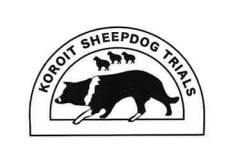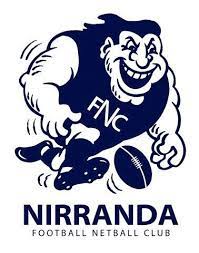The transition period (3 weeks prior and 3 weeks post calving) is one of the most critical times in the production cycle of an adult dairy cow. Cows are at a high risk of a number of metabolic disorders that can affect dairy farm profitability. The significant nutrient requirements for the rapidly growing calf and the preparation of the mammary gland for lactation often result in adult dairy cows being in a state of negative nutrient balance. With appropriate planning, implementation and monitoring, we now know that is it possible to achieve close to zero prevalence of clinical metabolic disease on farm.
A commercial lead feed and a balanced milker diet can help to minimise the negative nutrient balance. The Vet Group has a number of nutrition advisors who can assist you with feed testing and the interpretation of results. This will help you to manage the composition, balance, consistency and quality of your herd’s diet as well as helping with any feed related health issues in your herd. By auditing your transition cows, their diet and general management using feed, urine and blood tests we can easily determine your risk profile and implement measures to avoid clinical metabolic disease.
Many dairy cows also benefit from the oral administration of a fresh cow drench immediately after calving. It is like a sports drink for cows that will prevent dehydration and replace essential electrolytes. The key components of a fresh cow drench include:
Calcium – prevents subclinical hypocalcaemia which is a common finding in fresh cows
Magnesium – also assists in the prevention of hypocalcaemia
Potassium – an important electrolyte that is commonly low in cows which are not eating well
Propionate – source of long lasting energy to help prevent subclinical ketosis
Based on these key components, The Vet Group uses high quality ingredients to formulate an economical and effective fresh cow drench which we and several clients have been using for over two years.
The transition period (3 weeks prior and 3 weeks post calving) is one of the most critical times in the production cycle of an adult dairy cow. Cows are at a high risk of a number of metabolic disorders that can affect dairy farm profitability. The significant nutrient requirements for the rapidly growing calf and the preparation of the mammary gland for lactation often result in adult dairy cows being in a state of negative nutrient balance. With appropriate planning, implementation and monitoring, we now know that is it possible to achieve close to zero prevalence of clinical metabolic disease on farm.
A commercial lead feed and a balanced milker diet can help to minimise the negative nutrient balance. The Vet Group has a number of nutrition advisors who can assist you with feed testing and the interpretation of results. This will help you to manage the composition, balance, consistency and quality of your herd’s diet as well as helping with any feed related health issues in your herd. By auditing your transition cows, their diet and general management using feed, urine and blood tests we can easily determine your risk profile and implement measures to avoid clinical metabolic disease.
Many dairy cows also benefit from the oral administration of a fresh cow drench immediately after calving. It is like a sports drink for cows that will prevent dehydration and replace essential electrolytes. The key components of a fresh cow drench include:
- Calcium – prevents subclinical hypocalcaemia which is a common finding in fresh cows
- Magnesium – also assists in the prevention of hypocalcaemia
- Potassium – an important electrolyte that is commonly low in cows which are not eating well
- Propionate – source of long lasting energy to help prevent subclinical ketosis
Based on these key components, The Vet Group uses high quality ingredients to formulate an economical and effective fresh cow drench which we and several clients have been using for over two years. Although not proven using clinical trials, which would be extremely difficult, the use of fresh cow drench has robust theoretical backing, and its use overseas for many years in university settings by eminent physicians has highlighted its usefulness. Reports from local farmers also strongly support its role in getting cows back on their feed and milk quicker after surgery.
In addition to using fresh cow drench for animals after calving, fresh cow drench is also very useful as a supportive treatment for cows with common diseases such as LDA’s, ketosis and metritis.
The Fresh Cow Drench is normally given in about 20L of clean water. There are many ways to give a fresh cow drench but in our experience the easiest and safest way is by using a McGrath Pump (pictured left). The pump has a rigid metal tube which allows for easy visualisation as it passes down the throat. Of course, there are still some risks with using any drenching device but with a small amount of training by your veterinarian, this risk can be minimised.
For more information about Fresh Cow Drench or about the purchase and use of a McGrath pump, please contact our large animal team on
1300 838 700
Fresh cow drench costs $18.63 per dose and is available from Farm Services 1300 838 700 or our online store
shop.thevetgroup.com.au






























